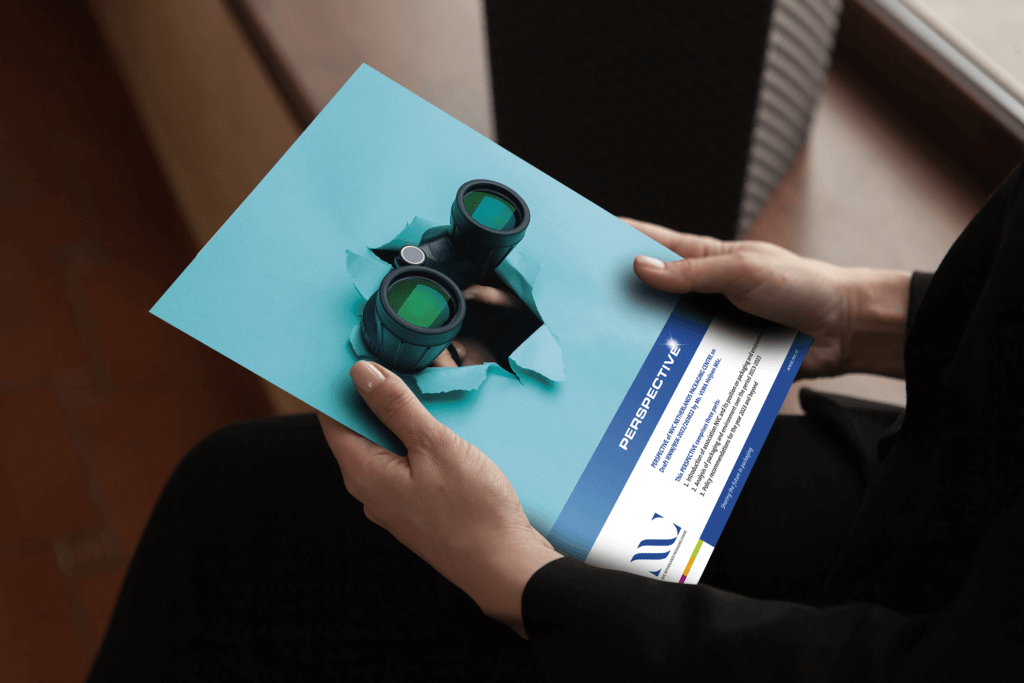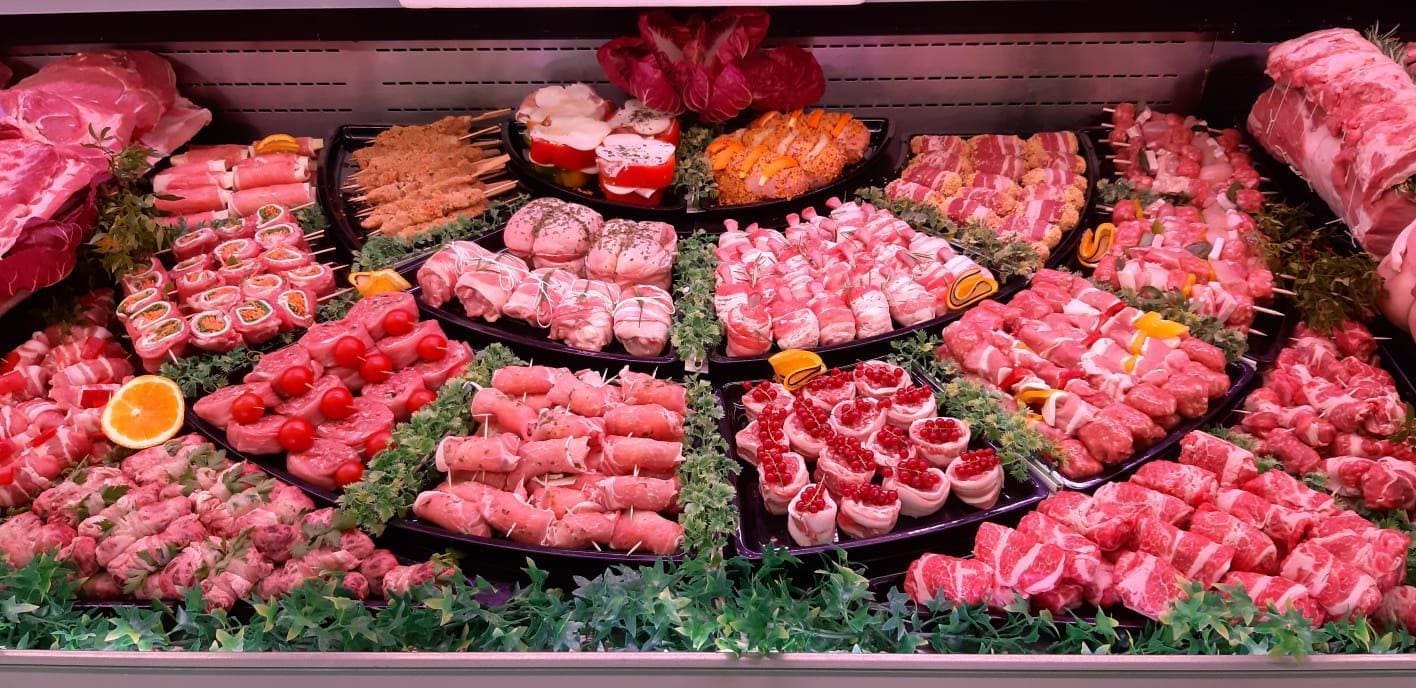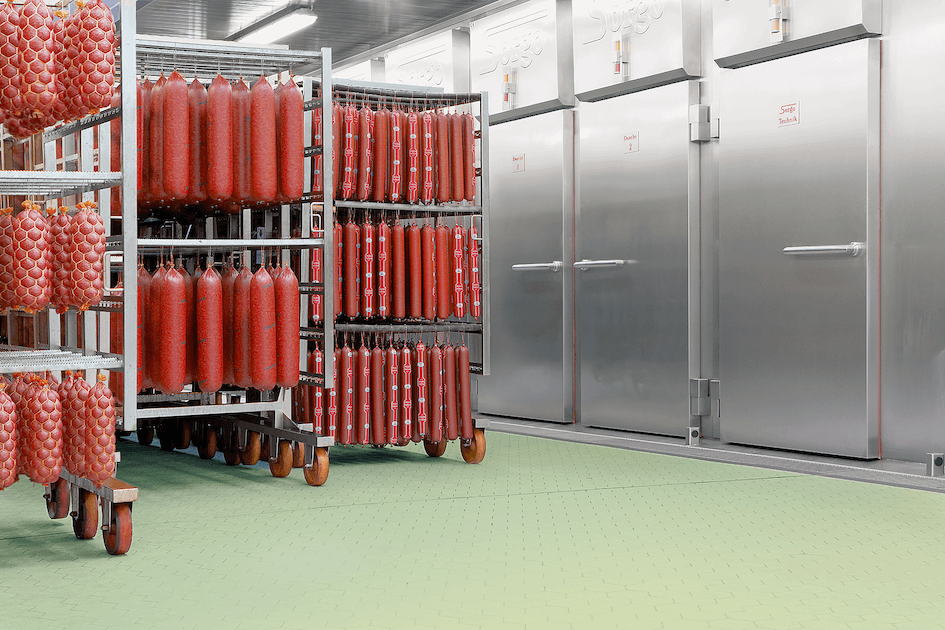This PERSPECTIVE comprises three parts:
- Introduction of association NVC and its position on packaging and environment
- Analysis of packaging and environment over the period 2013-2022
- Policy recommendations for the year 2023 and beyond
Introduction of association NVC and its position on packaging and environment

Every second, the world packs some 320,000 products – and the world’s population unpacks them later and in a different location. NVC was founded in 1953 and now unites over five hundred companies with an interest in continually improving packaging.
The NVC membership includes retailers, packaging suppliers, machine suppliers, branded article manufacturers, pharmaceutical companies, companies in the chemical industry, packaging printers, co-packers, design agencies, recyclers, testing institutes, and so on.
NVC supports its member companies by providing them with up-to-date and reliable business information, by jointly carrying out innovation projects, by educating and training their employees in packaging and by ‘matching’ supply and demand in the market (‘market support’).
Specific to packaging and environment, these include the following activities:
- Inform member companies of global legislative and regulatory developments through the NVC Members-only Environment Regulations Guide MERGE
- The NVC Workshop Sustainable Innovation in Packaging (Live Online, so 100% interactive and participation possible from any location worldwide)
- The PUMA Project towards the end of packaging as an environmental problem (see the enclosed PUMA MANIFESTO and all background information at: www.nvc.nI/puma )
- Stimulating innovation in the sector by scouting new techniques and linking supply and demand through exhibitions, conferences and the NVC online Buyer’s Guide
NVC works with a ‘holistic’ vision to improve the activity of packaging, obviously in the Netherlands but especially also on an international scale, given the structural developments in the actors involved in packaging, like the raw material suppliers, the packer-filler industry, the logistics and the retail.
FNLI (the umbrella organisation of the food industry in the Netherlands) or CBL (the trade association of Dutch supermarkets) or NRK (the federation of plastics and rubber manufacturers). As such, NVC’s primary tasks are therefore not to ‘lobby’ the central government to promote specific industry interests. However, we do appreciate maintaining good contacts in this regard.
NVC communicates ‘across the board’ via NVC News and in the various social media. The NVC website attracts about sixty thousand unique visitors annually (about 60% of whom are based outside the Netherlands). Some thirty thousand professionals and organisations located worldwide follow NVC daily via social media, especially Twitter and Linkedln.
NVC communicates ‘across the board’ via NVC News and in the various social media. The NVC website attracts about sixty thousand unique visitors annually (about 60% of whom are based outside the Netherlands). Some thirty thousand professionals and organisations located worldwide follow NVC daily via social media, especially Twitter and Linkedln.
NVC communicates ‘across the board’ via NVC News and in the various social media. The NVC website attracts about sixty thousand unique visitors annually (about 60% of whom are based outside the Netherlands). Some thirty thousand professionals and organisations located worldwide follow NVC daily via social media, especially Twitter and Linkedln.
Analysis of packaging and environment over the period 2013-2022
The first significant European legislation on packaging and the environment dates from December 1994: the European Packaging and Packaging Waste Directive. At that time, the Netherlands already had the Packaging Covenant, with the actor on the industry side towards the central government being the Stichting Verpakking en Milieu SVM. There came a Second Covenant in the Netherlands, with SVM.PACT (Project Administration Covenant Two) as the implementing organisation, and the European Directive was transposed into Dutch law in the year 1997.
The first significant European legislation on packaging and the environment dates from December 1994: the European Packaging and Packaging Waste Directive. At that time, the Netherlands already had the Packaging Covenant, with the actor on the industry side towards the central government being the Stichting Verpakking en Milieu SVM. There came a Second Covenant in the Netherlands, with SVM.PACT (Project Administration Covenant Two) as the implementing organisation, and the European Directive was transposed into Dutch law in the year 1997.
To be mentioned in this context is the Knowledge Institute for Sustainable Packaging Stichting KIDV. This organisation has the Stichting StAV as its only client, with the mutual performance agreement being confidential. Over time, the pricing for specific materials (plastics) by Stichting StAV has been linked to whether or not they comply with Recyclechecks to be drawn up by KIDV. The operational relationship between Stichting StAV and Stichting KIDV is characterised by intensive personal ties (the former Stichting KIDV director is now Stichting StAV director ).
To address litter, the Stichting Nederland Schoon SNS was set up. Its funding was originally linked to the moderated introduction of deposit fees on specific types of emptied packaging. April 2022, the Stichting StAV presented a plan to collect a whole range of ‘deposit-fee sensitive’ emptied packs (bottles, cans) through a large number of ‘circular hub’ collection sites. The plan did not include a public cost budget and went off the table soon after presentation.
Now, after a legal joust and a three-month delay, deposit fees will be introduced across the full breadth of the relevant packaging spectrum on 1 April 2023. What are the costs going to be? The question also arises as to the usefulness of the continued existence of, or funding by, the Stichting StAV of the Stichting SNS.
Regarding the Stichting Nedvang, a different corporate form is envisaged for the coming years: a Private Limited Company (BV). This raises the question of the (future) ownership structure, including the financial allocation of any profits generated by this BV. StAV’s internal organisation comes up for discussion in a report by ILT Inspectorate i which audited the accounts for the year 2019. The report contains damning conclusions
regarding the limited financial, accounting robustness of the organisation, including the remarkable way the auditor approved the StAV financial statements for the year in question. The question is, whether these criticisms have now been addressed and durably covered by the Stichting StAV.
The substantiation of the rates used by the StAV Foundation is also unclear, with sudden rate changes (/increases) of up to +1000% occurring in recent years z. There are concerns about the unsatisfactory substantiation of the proposed rates and about the possibility that the Stichting StAV, after having been granted the General Binding Declaration (AVV) by the Minister, has a free hand for five years to implement substantial and unexpected rate increases.
The accountability of the Stichting StAV and the policy structure it funds is also negatively discussed in a recent study by the University of Utrecht . It analyses for various product categories, including packaging, the extent to which collection and recycling takes place in a transparent manner, with an unambiguous allocation of the various responsibilities. The situation for the packaging sector is outlined as unfathomable.
Finally, there are questions about the data available to the Stichting StAV in the context of its levies. To what extent are the personal and business data of the Dutch industry paying the fees shared with the Stichting KIDV, the Stichting Nederland Schoon and Nedvang BV – and then through these entities with third parties engaged by them (consultancies, lawyers, self-employed professionals, and so on)?
All in all, major concerns have grown at NVC over the past decade about the effectiveness of the policy structure around the StAV Packaging Waste Fund Foundation as set up in the year 2013 and legitimised by the central government. The concerns focus on two questions:
- What charges does the Stichting StAV want to charge, with what justifications
- What environmental performance will be achieved by the Stichting StAV with these targeted levies?’
Question 1: has increased in importance now that there is talk of a possible tripling of the envisaged levy per Dutch company, while this was denied in so many words by a representative of Stichting StAV in an NVC members’ meeting in early 2022. The foundation’s draft multi-year budget is insufficiently conclusive
The foundation does not commit to the level of tariffs for the coming years. What will be the costs (revenues) of the introduction of deposit fees as of 1 April 2023? The basic organisational system costs (at €12.5 million a year equivalent to a workforce of 100 FTEs and significantly increasing) also lack substantiation.
Question 2: is almost even more important, especially now that the definition of ‘recycling’ is changing. A look at the Model in the PUMA MANIFESTO makes this clear. In fact, the 2013-2022 period looked at the amount of Collect-Control and not at the amount of ‘newly usable, circular’ materials actually created via a material recycling Backend process. Also, it is fundamentally flawed to exclude energy aspects from Collect-Control and Backend processing.
Essential for sustainable decision-making is the elaboration of the Circular Materials Plan (CMP1) promised by the Minister to be published by mid-February 2023, including an analysis of the desired material flows in the context of the Circular Economy of the Netherlands.
The NVC Survey The future of the packaging recycling in the Netherlands certainly will take into account the insights of the CMP1. The results of the NVC Survey will be presented on 5 April 2023.
Finally, an analysis of the timeframe leading up to the Draft AVV decision over the past twelve months. In the spring of 2022, we communicated our concerns to the Stichting StAV and on 11May 2022 we met with the management. We had constructive discussions with various industries, the policy
relevant Lower House parliamentary committee and actively shared the information with NVC member companies and the industry as a whole.
The Draft Decision with an intended entry into force of 1 January 2023, was published on 7 November 2022. Given the deadline for the submission of PERSPECTIVE by interested parties like NVC (six weeks, i.e. until 19 December 2022 at the latest) and the intended entry into force of 1 January 2023, the Minister has only a week and a half to make a decision. This is questionable for a dossier with an impact of at least G2 billion in costs for business and – in our view, much more importantly – with an obligation to future generations to now actually start making an end to packaging as an environmental problem in the Netherlands and worldwide.
Based on the above, one conclusion must unfortunately be that the policy structure in place since 2013 to manage packaging collection and recycling has serious shortcomings anno 2022. This entails significant risks for the Netherlands society, both in terms of costs in an economically turbulent period and in terms of (not) meeting environmental targets in a world where environmental issues rightly need to be addressed.
department of the Ministry, the Inspectorate and several Members of Parliament.
A total of over hundred NVC member companies actively participated in one or more of the NVC member meetings on the topic. NVC attended the parliamentary debates of the
The decision-making on Draft Decision IENW/BSK-2022/ 263822 by Ms. VLWA Heijnen MSc., Minister for Infra- structure and Water Management, regarding a General Binding Declaration AVV of the levies by the StAV Waste Fund Foundation (Stichting Afvalfonds Verpakkingen) is a decisive benchmark in the context of the above.
Policy recommendations for the year 2023 and beyond
With regard to the Draft AVV Decree, we submit the following recommendations for the Minister’s consideration. Of course, the Minister is free to adopt them entirely, partially or not at all. In all cases, we would appreciate receiving a motivation and will actively share them with our member companies and the sector as a whole.
- Postpone your final Decision until 1 July 2023.
- Include in your final Decision the insights from your CMP1 (to be published mid-February 2023) and ideally the results of the NVC Survey the future of the packaging recycling in the Netherlands 2023-2027 (results known 5 April 2023).
- As a condition for a final Decision, ask the Stichting StAV for an analysis addressing the years 2023-2027 of the budgeted costs in relation to the environmental results. This analysis should also include the impact of the various Stichting KIDV recycling checks on costs and environmental results to be achieved.
- In your final Decision, require the Stichting StAV to pre-determine rates for all years covered by the AVV.
- As part of your final Decision, request disclosure of the performance agreement between Stichting StAV and Stichting KIDV including the annual reviews for the past years 2013-2022.
- Engage Parliament prior to your final Decision, especially in the run-up to the public meeting of the Parliamentary Committee on IenW in the spring of 2023.





